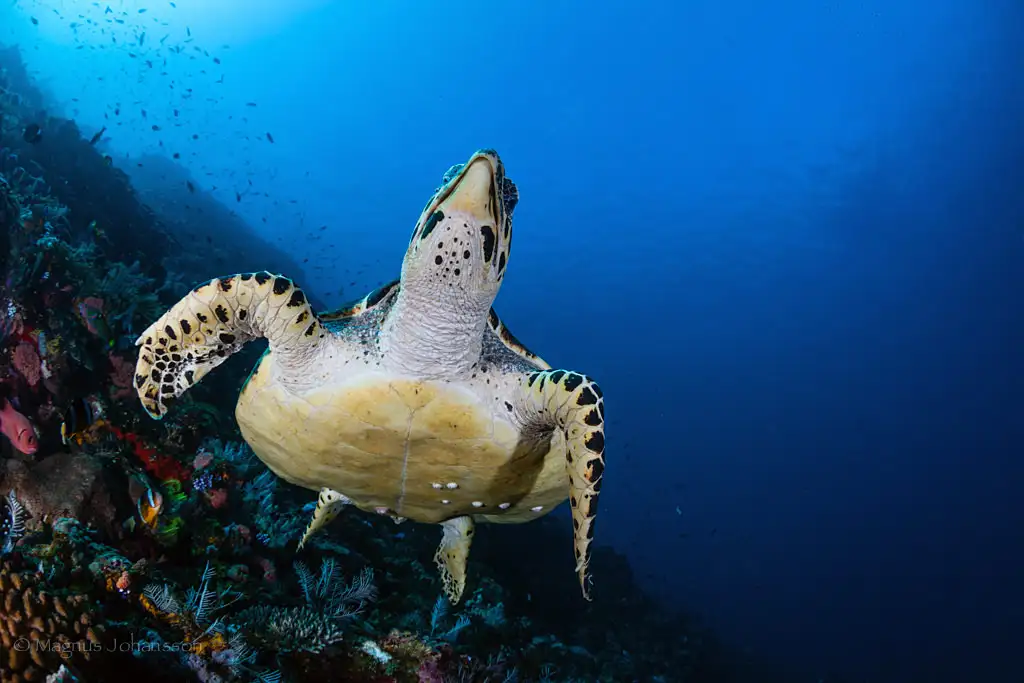
Hawksbill Sea Turtle
Eretmochelys imbricata
Eretmochelys imbricata—the hawksbill sea turtle—is recognised by its sharp···
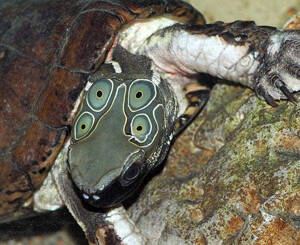
Sacalia quadriocellata
Sacalia quadriocellata,Four-eyed Turtle,Six-eyed turtle, four-eyed turtle, four-eyed spotted turtle
Four-eyed turtle is called Four-eyed Turtle in foreign language, and has no ···
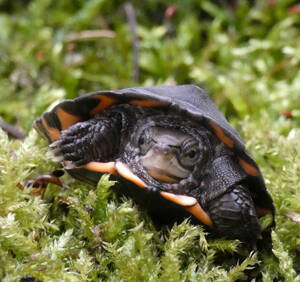
Cuora zhoui
Cuora zhoui,Zhou`s Box Turtle,Black box turtle, black turtle
Zhou's Box Turtle is called Zhou's Box Turtle in foreign language, a···
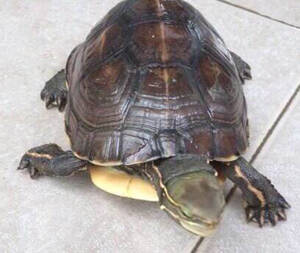
Cuora yunnanensis
Cuora yunnanensis,Yunnan box turtle,turtle
Yunnan box turtle is called Yunnan box turtle in foreign language, and has n···
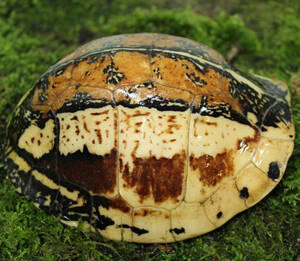
Cuora picturata
Cuora picturata,Southern Vietnam Box Turtle,Annam's box turtle
The foreign name of the patterned box turtle is Southern Vietnam Box Turtle,···
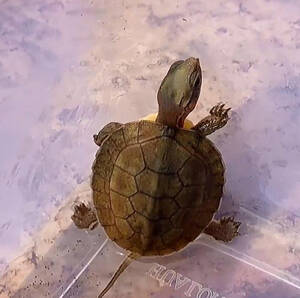
Cuora pani
Cuora pani,Pan's box turtle,Pan's box turtle
Pan's box turtle is called Pan's box turtle in foreign language, and···
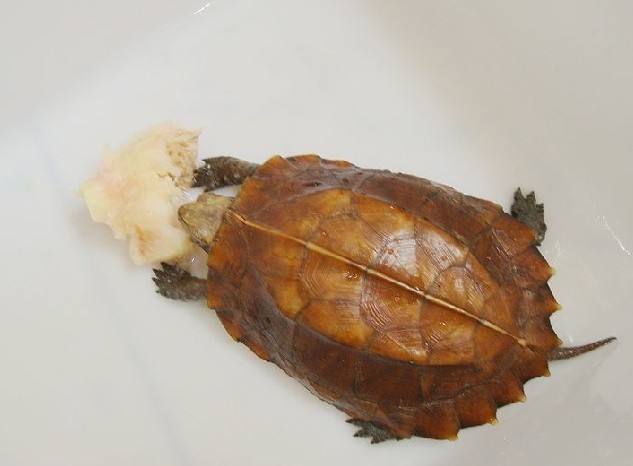
Cuora mouhotii
Cuora mouhotii,Keeled Box Turtle,Saw-edged box turtle, octagonal turtle, octagonal turtle, square turtle, saw-edged box turtle
Keeled Box Turtle has two subspecies.Keeled Box Turtle feeds on animals, but···
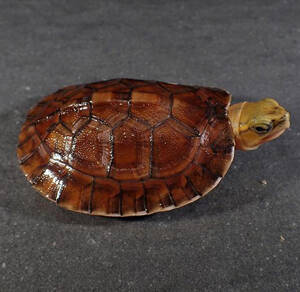
Cuora mccordi
Cuora mccordi,Bose box terrapin,Mccord's Box Turtle,MacArthur's box turtle
Bose box turtle is called Bose box terrapin in English, and has no subspecie···
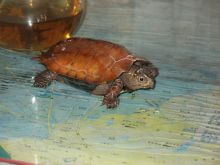
Cuora galbinifrons
Cuora galbinifrons,Indochinese Box Turtle,Hainan box turtle, yellow-fronted box turtle
The foreign name of the yellow-fronted box turtle is Indochinese Box Turtle,···
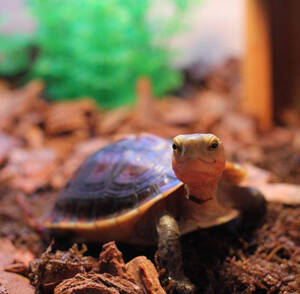
Cuora flavomarginata
Cuora flavomarginata,Yellow-margined Box Turtle, splint turtle, snake-killing turtle, broken plate turtle, yellow-margined box turtle
Yellow-margined Box Turtle has two subspecies.Yellow-margined Box Turtle is ···
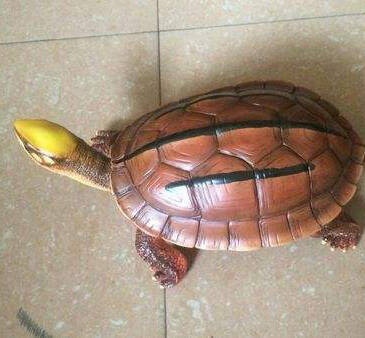
Cuora trifasciata
Cuora trifasciata,Chinese Three-striped Box Turtle,Golden coin turtle, golden head turtle, red edge turtle, red belly turtle, broken board turtle, Sichuan back turtle
The three-striped box turtle is called Chinese Three-striped Box Turtle in E···
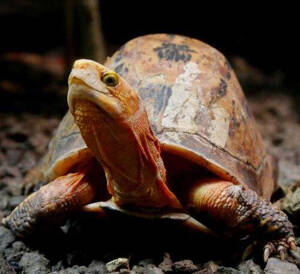
Cuora bourreti
Cuora bourreti,Bourett's Box Turtle,Brandt's box turtle,Bourett's Box Turtle,Cuora galbinifrons bourreti Obst & Reimann
Bourett's Box Turtle is a medium-sized land turtle.The Bourreti box turt···
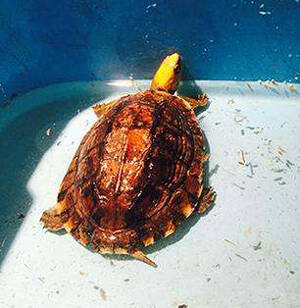
Golden-headed Box Turtle
Golden-headed Box Turtle,Golden turtle, splint turtle, yellow turtle
Golden-headed Box Turtle, with two subspecies.In the late 1980s, Luo Bitao a···
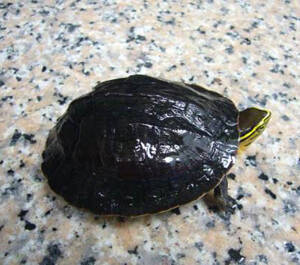
Cuora amboinensis
Southeast Asian Box Turtle,Southeast Asian Box Turtle,Humpback turtle, Vietnamese turtle, Ambu box turtle
The Southeast Asian Box Turtle has four subspecies.In his book The Reptiles ···
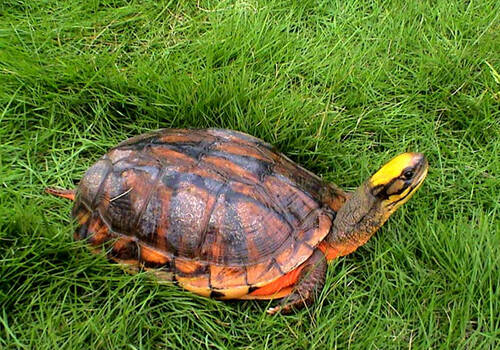
Scatophagus argus
Scatophagus argusThree-lined box turtle, red-sided turtle, red-bellied turtle, broken plate turtle, golden-headed turtle
The scientific name of the golden coin turtle is the three-lined box turtle ···
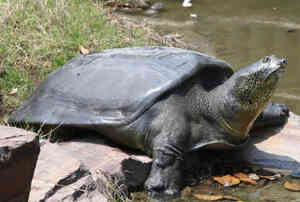
Rafetus swinhoei
Rafetus swinhoei,Yangtze Giant Softshell Turtle;Swinhoe's softshell,Rùa Hồ Gươm,Taihu turtle, giant softshell turtle, spotted softshell turtle, and Stuart softshell turtle
In ancient times, the Yangtze giant softshell turtle was widely distributed ···
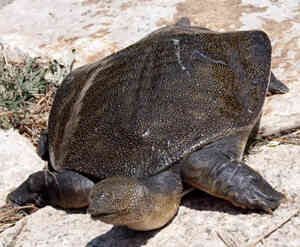
Palea steindachneri
Palea steindachneri,wattle-necked softshell turtle,Trionyx steindachneri Siebenrock,Mountain Rui, Rui fish, soft-shelled turtle, round fish, turtle, tortoise
The mountain softshell turtle is a cold-blooded animal. When the temperature···
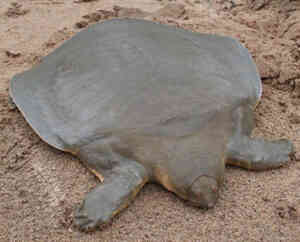
Pelochelys cantorii
Pelochelys cantorii,Frog-faced Softshell Turtle、Asian Giant Soft-shelled Turtle、Cantor's Giant Softshell,Blue grouper, silver fish, green grouper, giant turtle, spotted turtle, Cantor's gian
Before and after the release of the "List of National Key Protected Wil···
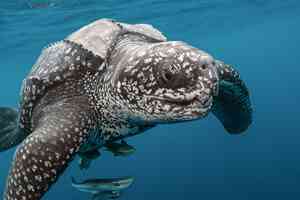
Dermochelys coriacea
Dermochelys coriacea,Leatherback Turtle,Leatherback turtle, seven-winged turtle, sampan turtle, swallow turtle, leatherback turtle
The leatherback turtle is large and is the largest turtle in the world. It h···
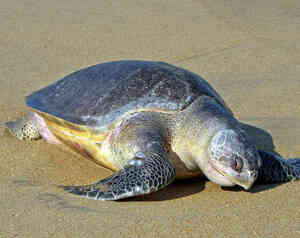
Lepidochelys olivacea
Lepidochelys olivacea,Olive Ridley, Pacific Ridley,Ridley du Pacifique, Tortue Bâtarde, Tortue Olivâtre, Tartaruga-comum, Tartaruga-oliva, Tartaruga-pequena,Tortue de Ridley,Tortuga Carpintera, Tortug
The Olive Ridley is marine and little is known about its behavior other than···

Eretmochelys imbricata
Eretmochelys imbricata, Hawksbill Turtle,Caret, Tortue Caret, Tortue imbriquée, Tortue à bec faucon, Tortue à écailles,Tortuga de Carey,سلحفاة صقرية المنقار
Hawksbill turtles are an animal that often migrates. They are highly mobile ···
